

Ljubljana (pronounced as "Lyoo-blyáh-nah" - voice file ) is the capital city of Slovenia, my home country. It's also our biggest and only city, as well as our cultural, economic and political center. Ljubljana has around 280.000 inhabitants, which is pretty small for a capital, but keep in mind, Slovenia only has something over 2 million people. However, being small doesn't mean there are only few things to see and do Ljubljana. I wanted to compose one post with the main sights, but I realized that a single day's tour around the center produced over 100 noteworthy photos, hence I decided to divide my Ljubljana adventure into several posts.
✰ Ljubljana, the past and the present
The history of Ljubljana is very old. Although the modern city has its roots in the medieval times, there used to be a pretty big Roman settlement in the area for 500 years (between -50 and 450). It was named Æmona and had something over 5000 inhabitants. Its remains can be found in Ljubljana today. It was destroyed by the Huns in the 5th century. In the 6th century the Old Slavs (the predecessors of the Old Slovenians) started to settle here and most likely named Ljubljanica, the small river that flows through Ljubljana today, after a common Slavic name Ljubovid. The river gave the name to the nearby settlement and Ljubljana was born. The first account of the old Slovenian name of Ljubljana dates to 1144, where it was noted as Luwigana (read as Lubijana)[theory source]. The German name of Ljubljana is Laibach. Read a more detailed history of Ljubljana here>>
✰ Ljubljana, city of world famous architecture
Two events had a huge impact on Ljubljana's development: An earthquake from 1511 and another one from 1895. In both cases the town had to be rebuilt. After 1511 it was turned into Renaissance style, while after 1985 it was rebuilt in Vienna Secession style (Art Nouveau). That's why Ljubljana of today is a mix of many architectural styles, from Gothic to Renaissance, from Baroque to Art Nouveau and all the way to Modernism and Postmodernism. The biggest impact on Ljubljana had Jože Plečnik, the most important Slovenian architect. He was active from the 1920s all the way to the 1950s and left the biggest mark on Ljubljana, which is still felt today at almost every corner. Check a website dedicated to his works here>>
The old Ljubljana is squeezed between a river and a hill. [Click here for a bigger map]
✰ Our Ljubljana that day
Since I have lived in Ljubljana for 5 years (I studied there), I knew the city pretty well and I had a good idea about which places I should bring my girlfriend to. It was a hot Sunday in August and we parked the car close to the center pretty early. Our hostel was located at the very south of Ljubljana, so it was great that we had our own means of transportation, because Ljubljana is not that small after all. We reserved a whole day of sightseeing only for Ljubljana, but we were really super tired that day. That's no wonder, if you consider that we from Koper to Trieste, Gorizia and Kanal ob Soči, before we arrived in Ljubljana a day before.
We started at the northeast of the historic center of Ljubljana:
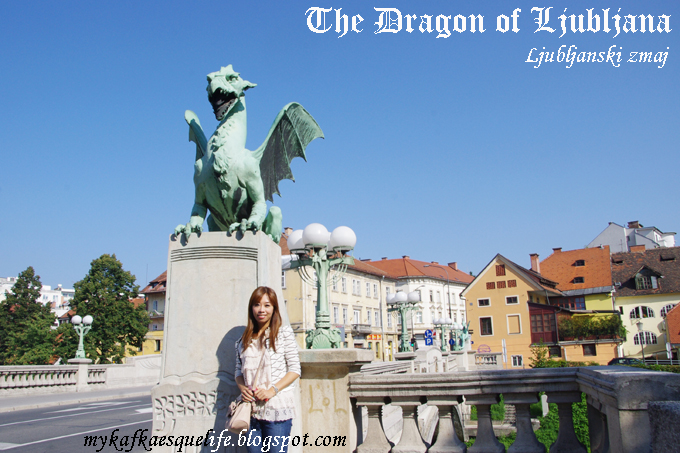
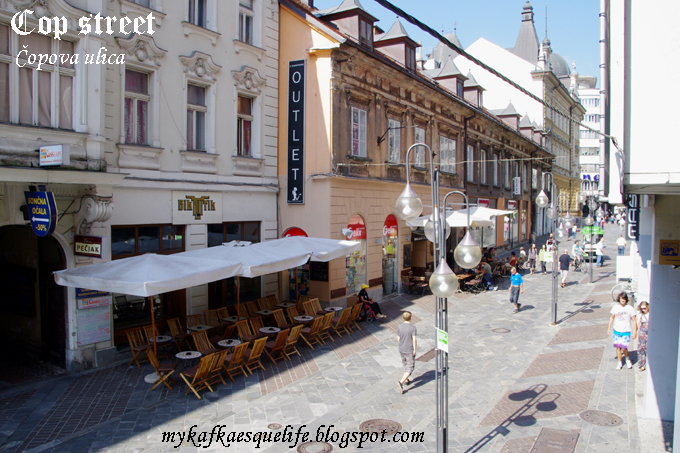
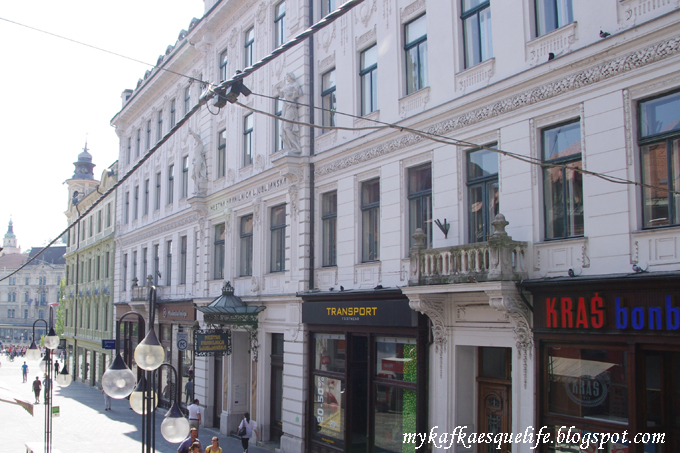

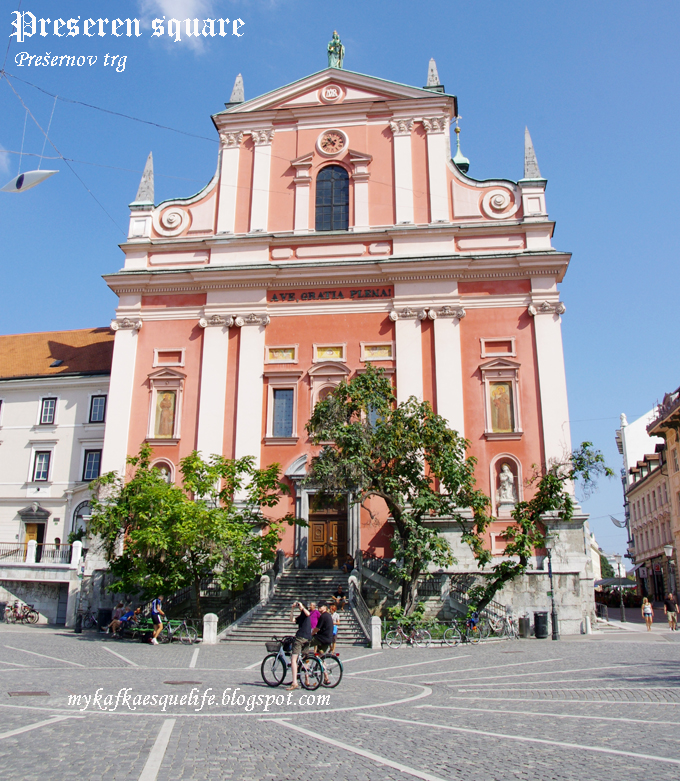
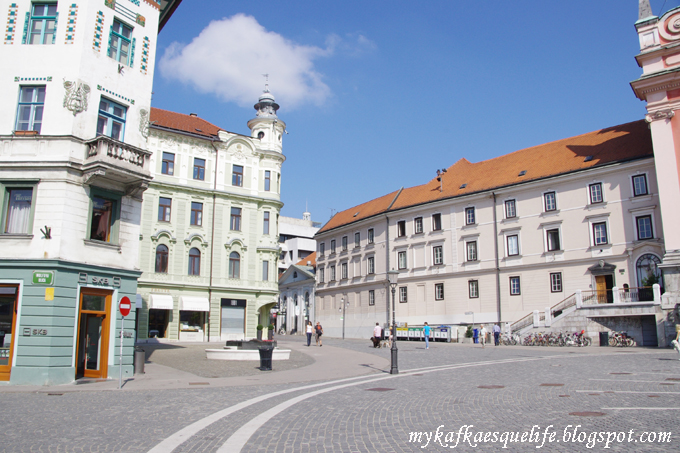
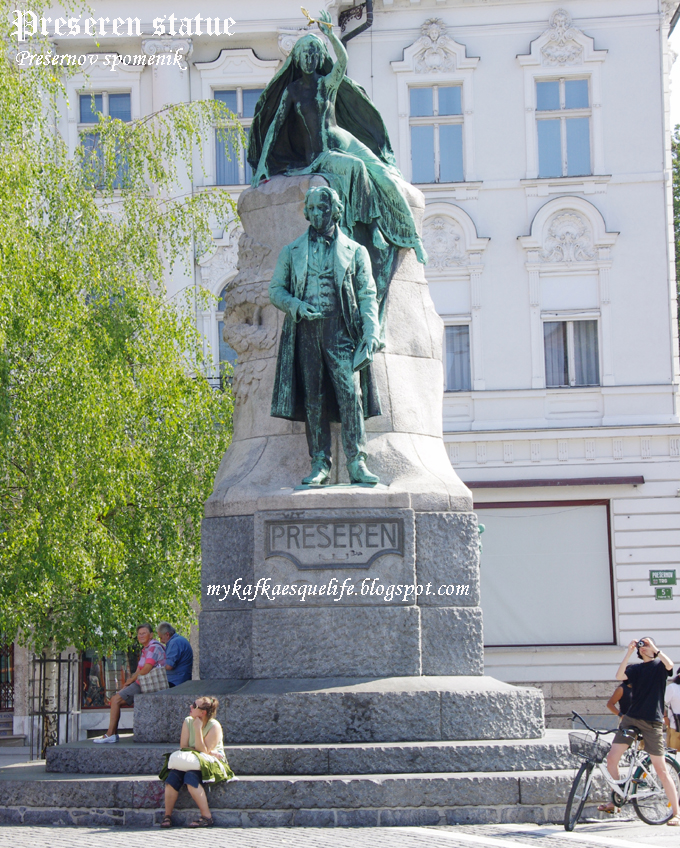
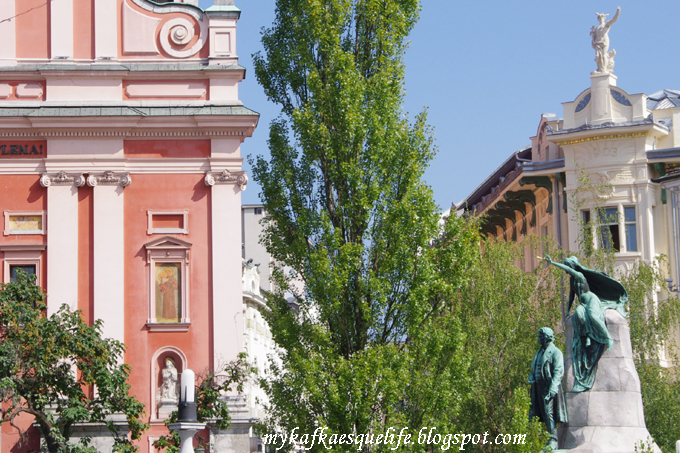
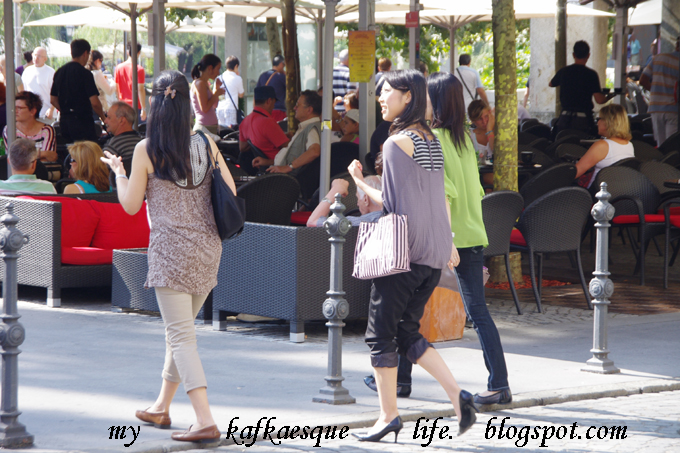
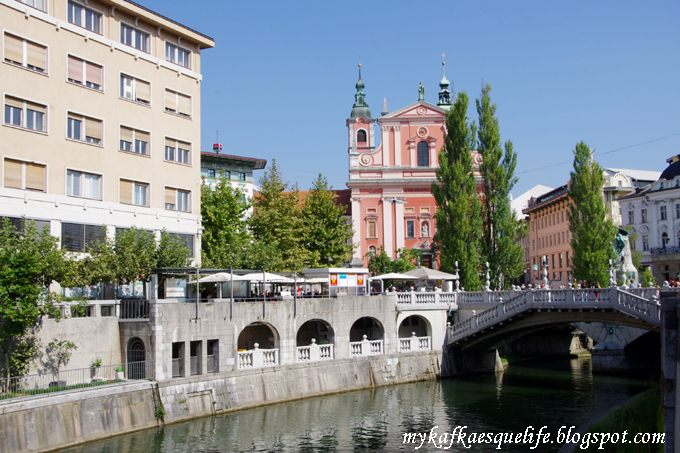

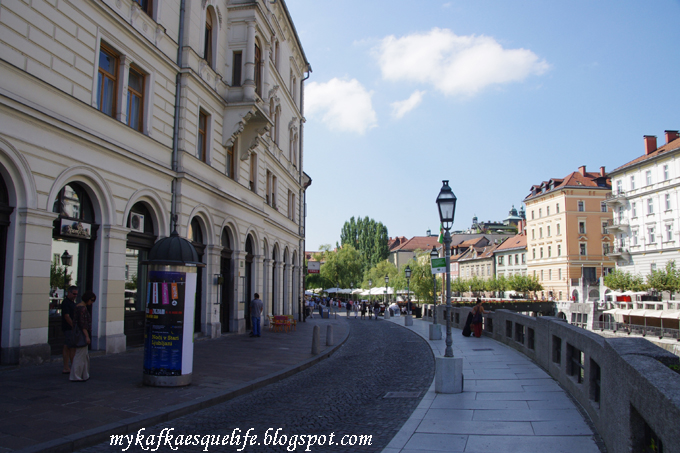
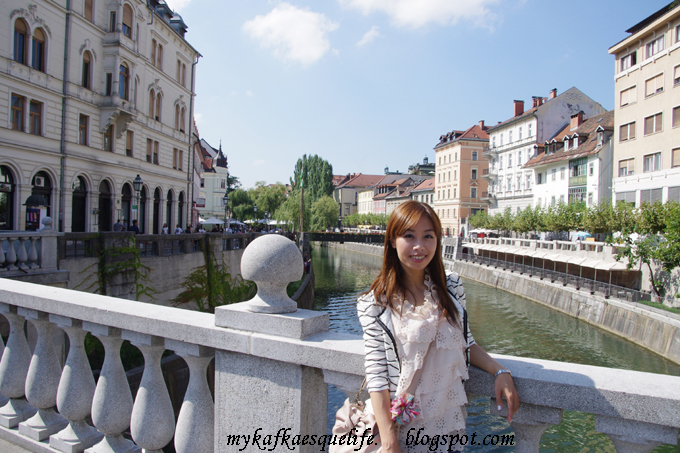
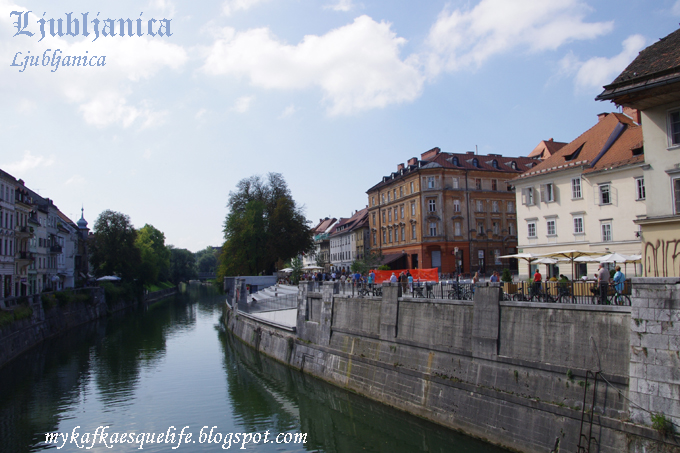
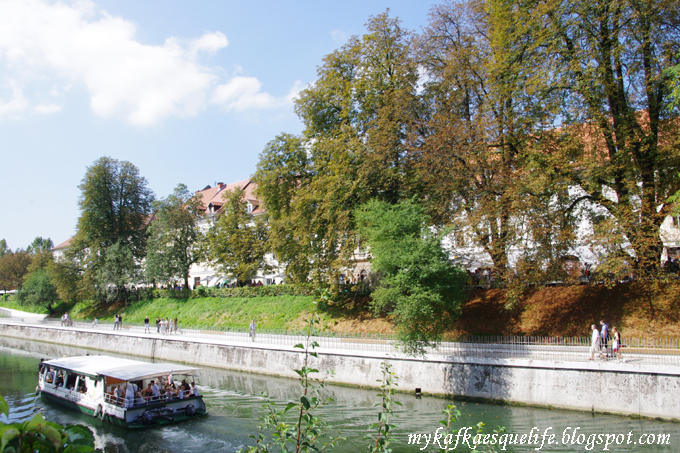
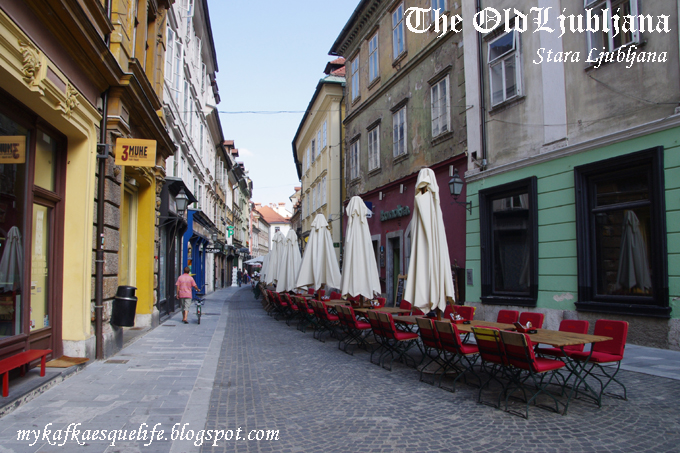
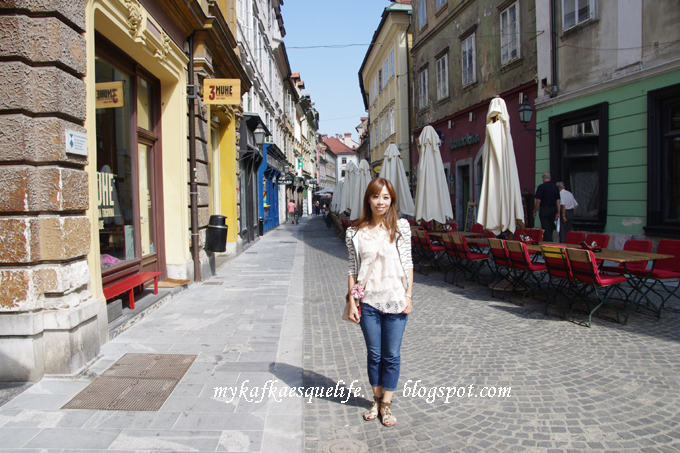
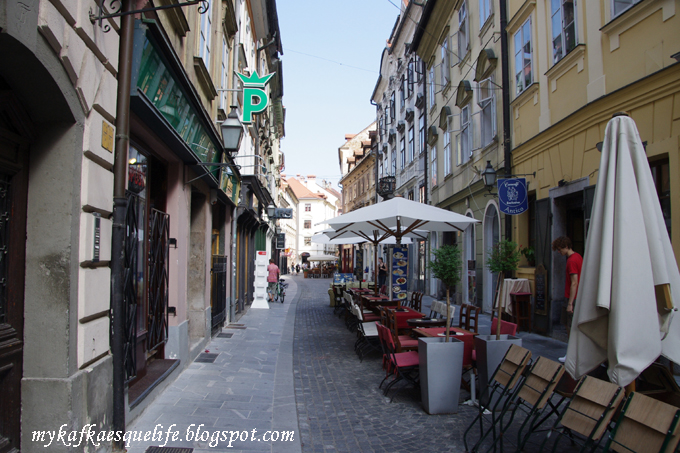

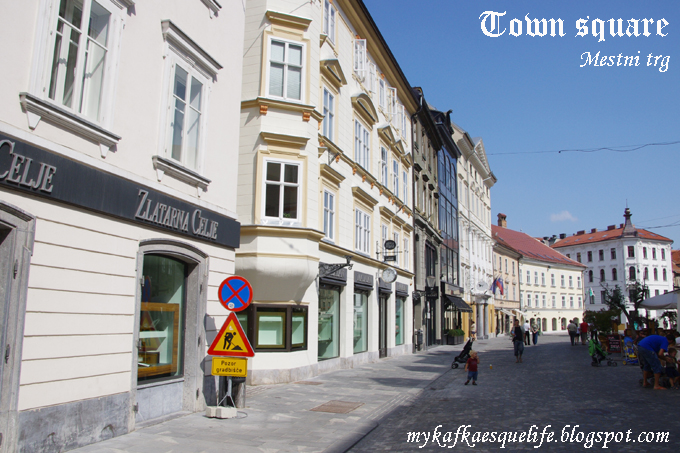
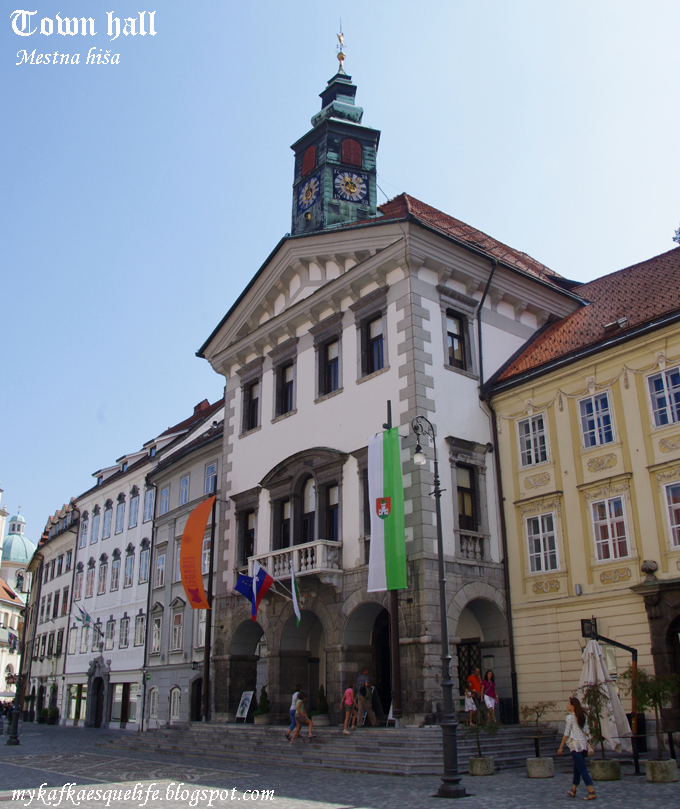
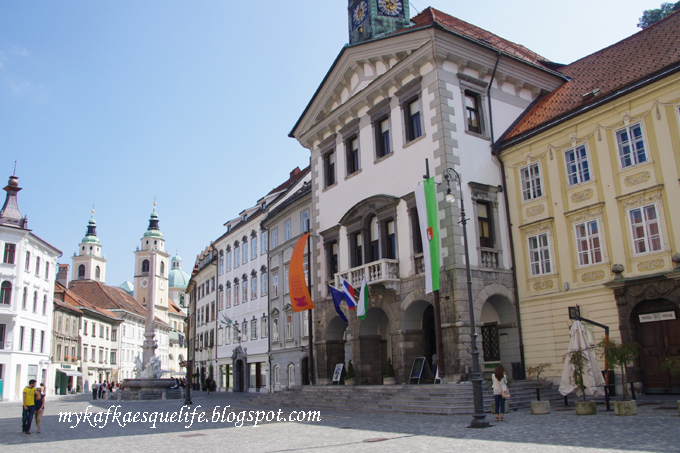
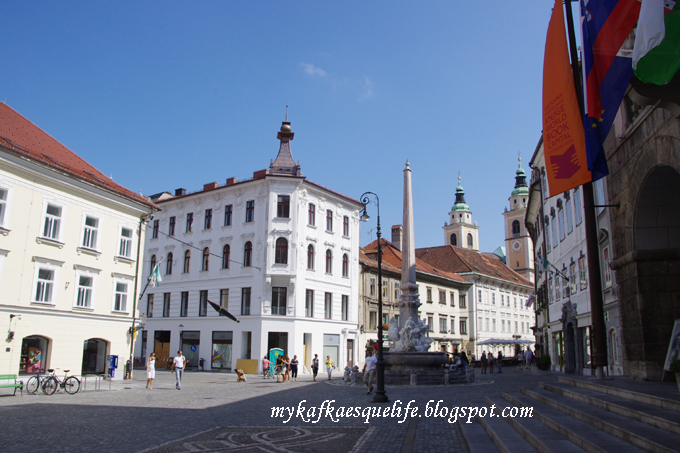
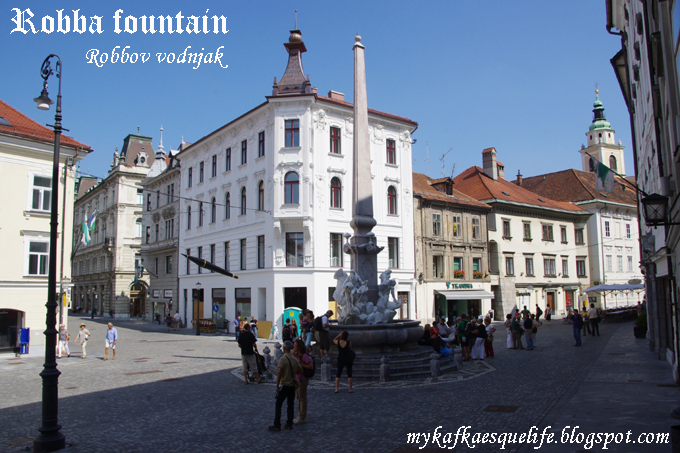
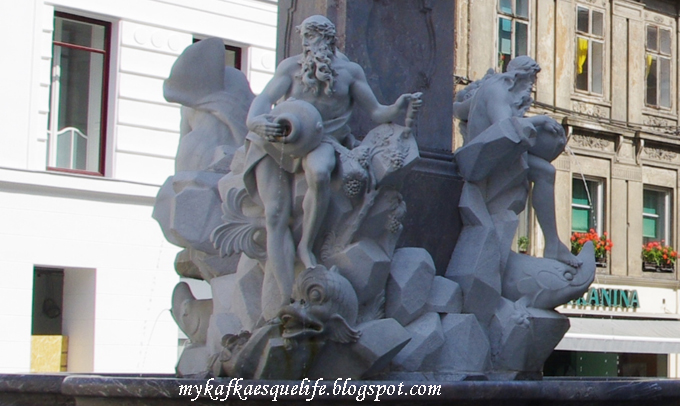
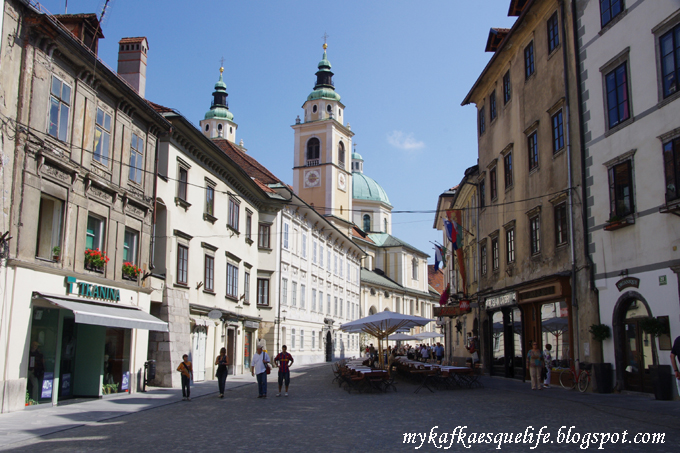


This is the famous Dragon bridge (Zmajski most). And no, the dragon of Ljubljana is not the cute girl, it's that green monster above her. This is probably the most famous bridge in Ljubljana. It was completed in 1901 and replaced an old wooden bridge that was destroyed by the earthquake of 1905. It's one of the most beautiful Art Nouveau bridges in the world and was one of the most innovative bridges in the world at that time (source).






This is the famous statue of France Prešeren (pron. "Fran-tsay Pray-sheer-en") and his muse. He is our most famous poet from the first half of the 19th century. One of his poems (Zdravljica) is today the Slovenian national anthem. The locals call the square Prešerc (pron."Pray-sharts") and the statue is a very popular meeting point for dates. The statue was put here in 1905 and was pretty controversial at that time due to the curvaceous muse.


You can see lovely Japanese tourists in Ljubljana pretty often nowadays. Looks like the Japanese are the most common Asian tourists, who visit our capital city. Do you want to know how to seduce Japanese girls? Read here.















This is the famous Robba fountain (Robbov vodnjak). The one you see here is a replica from 2006, the original was built between 1743 and 1751 and is now kept in the National gallery. It symbolizes three Slovenian rivers: Ljubljanica, Sava and Krka.



More about Ljubljana in my next post.
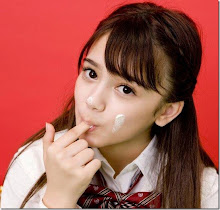
No comments:
Post a Comment